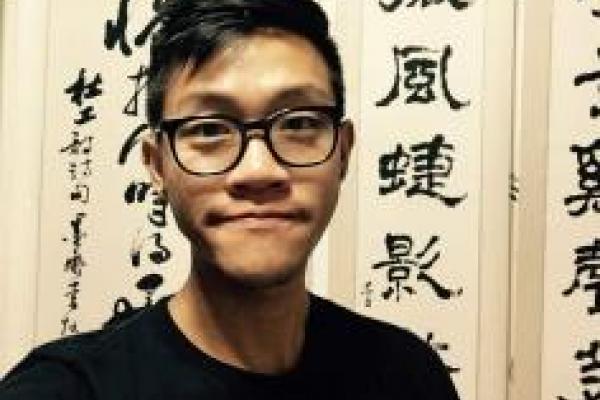
OSU's Cultures of the Anthropocene Working Group presents:
Jerry Zee
Chancellor's Postdoctoral Fellow in Science and Technology Studies
Assistant Professor of Anthropology
University of California, Davis
Flyer: ![]() Jerry Zee Flyer.pdf
Jerry Zee Flyer.pdf
Abstract: At the threshold of the 'Chinese Century,' consecutive seasons of frequent and intense dust storms over Beijing revealed decades of Reform as also a new air-condition. Dust storms revealed winds as vectors of meteorological entanglement that bound Beijing to desertifying inland and upwind regions as serial moments in the passing of a floating continent. Meteorological insecurity drives experiments in politics and environment, aimed at an earth all too ready to distribute into the atmosphere. Dust storms and the peculiar politics of meteorological control a key problem for contemporary Chinese governance draw our attention to air - its shifting contents, its density, and its movement over small and wide space - as something 'polluted' by airborne land. Entanglements of land and sky reconfigure the political horizons of what might count as an 'environment' while at the same time raising difficult questions about how to adapt the tools of ethnographic analysis when a fieldsite might literally rise into the air.
In this paper, I explore state forestry programs to hold the earth to the ground in Alxa, a cradle of dust storms in Beijing's dust-shed. Through the fortuitous inter-rooting of two plant species, I explore the experimental reconfiguration of regional politics into a machine for creating and proliferating state-sanctioned multi-species landscapes for holding the sand and breaking the wind that make the land a potential aerosol suspension. Along a Chinese airstream, China folds and opens into a terrain of experiments.
Bio: Jerry Zee is Chancellor's Postdoctoral Fellow in the program in Science and Technology Studies at the University of California, Davis, and Assistant Professor of Anthropology at the University of California, Santa Cruz. In 2015, he received his PhD in anthropology from the University of California, Berkeley. His forthcoming manuscript Surface to Air: Experiments on a Chinese Duststream explores experimental reconfigurations of political life and governmental tactics along the life and course of a dust storm. Tracing multiple permutations of sand and wind, from windblown deserts to massive dust events to particulate matter, it tracks how changing states of matter stage changing matters of state in China and its vast downwinds.
Free and Open to the Public
This lecture made possible by OSU's Cultures of the Anthropocene Working Group, the Institute for Chinese Studies, and by a U.S. Department of Education Title VI grant to The Ohio State University's East Asian Studies Center.
